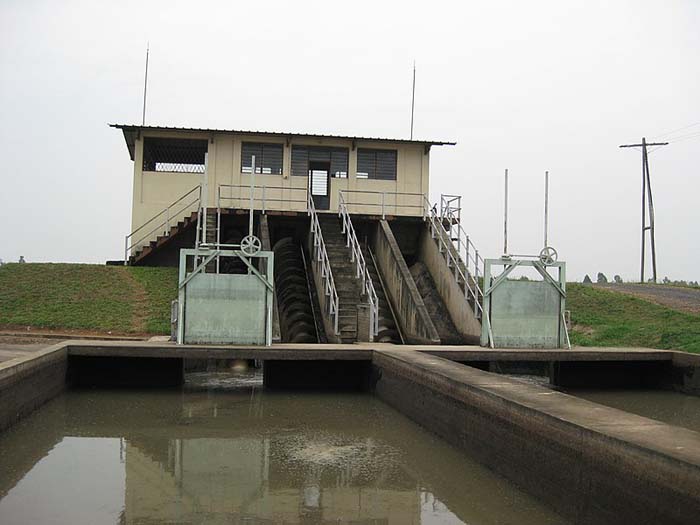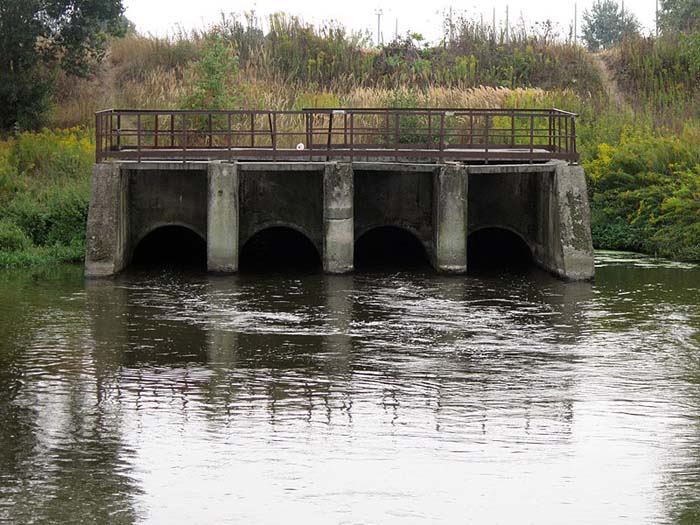
Sewage water is runoff from homes, businesses, and other commercial and industrial sources. It usually includes a combination of solid and liquid waste, such as chemicals, soaps, human waste, detergents, food scraps, and other items emptied down the toilet or drain.
The wastewater is then sent to treatment facilities via an extensive system of sewers and pipes. There, it’s subjected to a number of processes aimed at removing pollutants and toxins before being released back into the environment. Sewage water, if not treated properly, can contaminate air, soil, and water sources with dangerous chemicals, viruses, bacteria, and parasites.
Preventing waterborne infections, maintaining healthy ecosystems, and safeguarding public health all depend on efficient sewage treatment. An important part of water conservation and sustainable development is making sure that sewage water is handled properly so that valuable resources are used responsibly and efficiently.
Steps to follow to clean sewage water naturally
There are a number of processes involved in naturally purifying sewage water, often known as wastewater treatment. Here are the steps to follow:
Screening:
Eliminating big pieces of debris like plastic, leaves, and sticks should be your first priority. Bars and screens are ideal for this purpose. They catch larger objects while letting water through.
Primary Treatment:
- Settling/Primary Clarification
In huge tanks containing sewage water, solids sink to the bottom to create sludge. Grease floats to the top to create scum. After that, they are taken out.
Secondary Treatment:
- Biological Treatment
Microbes help break down any organic matter settled to the bottom of the water. Trickling filters and activated sludge are the two most common biological treatment methods.
Tertiary Treatment:
- Disinfection
UV light, ozone, or chlorine are disinfectants that help to kill any remaining pathogens, viruses, or bacteria in water.
- Filtration
Water is filtered using activated charcoal, gravel, or sand to eliminate larger particles and any leftover contaminants.
Natural Processes:
- Infiltration into the Soil
A natural filter, soil can remove contaminants from treated wastewater when it is allowed to infiltrate through it.
- Constructed Wetlands
Constructed wetlands populated with microbes and plants help to filter sewage in some systems. These microbes and plants aid in the natural filtration of pollutants.
Monitoring and Testing:
The quality of the treated water is constantly evaluated throughout the process to guarantee that it meets all applicable safety and regulatory requirements.
Local ecological regulations, communication levels, and wastewater volumes are some of the factors that can affect the specific procedures used to treat sewage water. The right equipment and competent professionals are also important to guarantee effective treatment and avoid environmental contamination.

How do biological filters treat sewage?
Sewage treatment plants rely on biological filters to remove contaminants and break down organic matter before releasing the water back into the surroundings. Here’s how biological filters treat sewage water:
Initial Treatment
Primary treatment procedures, such as screening and settling, help remove larger solids from raw sewage.
Biological Filtration
Biological filters treat sewage water after primary treatment. Porous material, such as plastic media or gravel, forms the beds of these filters, and the sewage is spread out over their surfaces.
Microbial Action
Protozoa, fungi, and bacteria are just a few of the microbes that call the filter bed home. Either these microbes already exist in the environment or they have been introduced to it. For sustenance, they feed on the organic matter found in the sewage and digest them.
Nutrient Removal:
Biological filters can remove phosphorous and nitrogen from water through denitrification and nitrification, two processes that also remove organic matter. These procedures decrease the likelihood of nitrogen compounds polluting water by converting them into harmless nitrogen gas.
Aerobic Conditions
The standard operating procedure for biological filters is to keep the environment aerobic, or rich in oxygen. In aerobic digestion, which involves the reduction of organic compounds into less toxic byproducts like water and carbon dioxide, aerobic bacteria rely on oxygen to carry out their work.
Filtration and Settlement
Sewage is filtered by passing it through a bed of filter media, which traps suspended particulates as treated sewage water passes through. Over time, a biofilm—a coating of microbial biomass—forms on the filter media’s surface, improving treatment effectiveness even further.
Monitoring and Maintenance
If you want your biological filters to work at their best, you have to check on them often. It is important to monitor variables like microbial activity, oxygen levels, and flow rate and make adjustments as needed. Additionally, filter media may need cleaning and replacement every so often to keep working properly.
Last Treatment
Before being released into receiving waters or reused for irrigation or other uses, the treated sewage water undergoes additional polishing by means of disinfection, such as ultraviolet treatment or chlorination, to remove any lingering pathogens. This procedure follows the biological filters.
In sewage treatment, biological filters are essential because they use microbial degradation as a natural process. This will help to get rid of pollutants and make the effluent safe for the environment.
Plants that absorb sewage rapidly
In some cases, phytoremediation—the practice of using plants to absorb sewage—can be successful. The effectiveness can differ depending on factors such as the sewage type and the particular pollutants. It is also important to remember that not all plants are good for this. Plants that are frequently utilized in phytoremediation operations include:
- Sunflowers
Hyperaccumulation, a mechanism by which sunflowers remove heavy metals from polluted soil, has been the subject of research. They aren’t usually thought of for treating sewage, but they can work well in some cleanup jobs.
- Cattails
Cattails are another common plant used in phytoremediation because they can absorb pollutants and nutrients from water. Wastewater treatment plants like these work well with septic tanks and similar systems.
- Duckweed
A rapidly expanding floating plant, duckweed is capable of soaking up pollutants and waterborne nutrients. It’s useful for nutrient removal and is commonly used in small-scale phytoremediation initiatives.
- Water Hyacinth
Phosphorous and nitrogen are two nutrients that water hyacinth is famous for absorbing. Nevertheless, improper management might cause it to develop quickly and become invasive.
- Bamboo
The rapid growth and pollutant and nutrient absorption capabilities of some bamboo species have made them useful in phytoremediation.
- Reed Beds
Sewage treatment systems frequently make use of reed beds. A great place for bacteria to live is in the roots of reeds. Here, they help clean the water by breaking down organic matter.
- Water Lettuce
A common plant in phytoremediation projects, water lettuce, is similar to water hyacinth in that it can draw nutrients from the water. In order to aid in nutrient absorption, it creates thick mats on the surface of the water.
What are the impurities in sewage?
Among the many contaminants found in sewage are:
Chemical Pollutants
Common home chemicals, pharmaceuticals, heavy metals, and pesticides are just some of the chemical contaminants that sewage may include. Failure to appropriately treat these contaminants poses risks to both human and environmental health.
Pathogens
Viruses, bacteria, and other pathogens found in sewage can contaminate both people and other animals. Some examples are viruses, Salmonella, and E. coli.
Suspended solids
Suspended in the sewage are solid particles like sand, soil, and other debris. Sewage can take on a murky or hazy appearance due to suspended particles.
Nutrients
When dumped into bodies of water, sewage’s phosphorous and nitrogen can promote the growth of aquatic plants like algae. As a result, aquatic life may suffer from eutrophication, a condition in which an overabundance of plants in the water reduces its oxygen levels.
Organic matter
Waste from humans and other animals, paper products, food scraps, and other organic matter fall into this category. When they break down, bacteria and other microbes can multiply in these materials.
Conclusion
When deciding how to clean sewage water naturally, it’s vital to consider things like the pollutants in the water, climate, and environmental conditions. Monitoring the quality of the treated water at all stages of the process is crucial to ensure that it is up to standard before discharging or reusing it.
